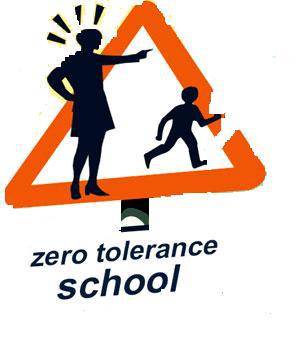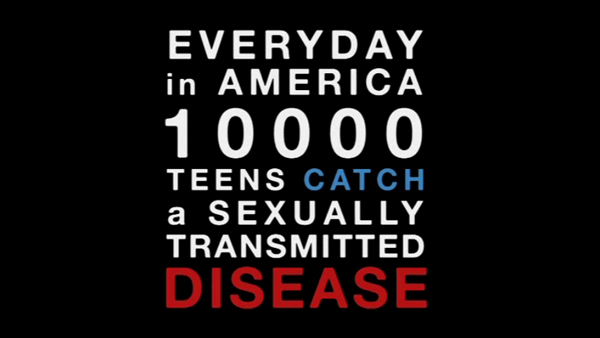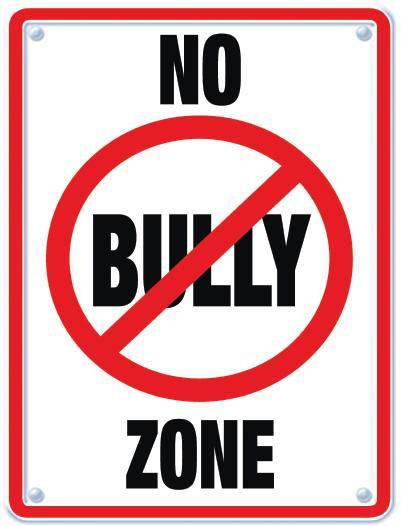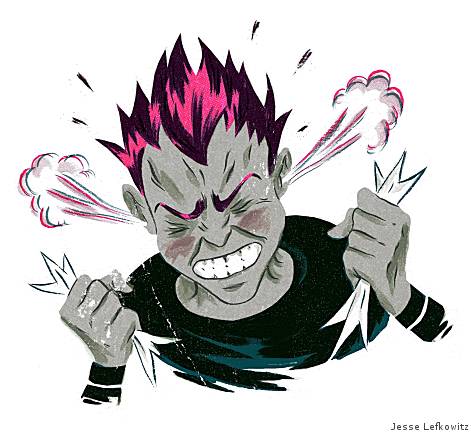“Five finger discount”, “lifting”, “jacking”, “racking”, “nicking”, and “boosting” are some of the slang terms used for shoplifting. No matter what name is used, shoplifting is a crime. Teen shoplifting is a rising problem nationwide. Whatever reasons a teen may shoplift varies but must be addressed in a timely manner. The sooner a teen is caught for shoplifting, the sooner the teen’s behavior can be corrected before it becomes a habitual plunder down a winding path to nowhere. The National Crime Prevention Council has stated that 25% of people that get apprehended for shoplifting are between the ages of thirteen and seventeen. Shoplifting costs retailers millions of dollars a day. A lot of the expense of shoplifting is absorbed by raising prices of products which can help the retailer with their losses.
Reasons for shoplifting
Most of the time the reasons teens give for shoplifting is because they were bored and didn’t have anything better to do. This reasoning is shocking and should alert parents to watch their teens closely and involve their teens in more wholesome activities. Once a teen has experienced the so called “rush” that goes along with getting away with stealing, it’s much harder to stop the behavior. Parents need to be aware of other reasons teens may fall prey to the temptation of shoplifting.
Peer pressure
Peer pressure among teens plays an important role when it comes to shoplifting. With the expensive name brands in clothing lines, teens are trying to keep up with their peers that wear the latest and greatest in today’s fashion industry. Electronics have also become a popular industry among teens with the mp3 players, cell phones, video games, and other small expensive items. New and improved products are always coming out and teens need to feel they have the “best” to compete with their peers. When teens are faced with the lack of money which buys these enticing items, they may turn to shoplifting or “lifting” as some teens will call it.
Parent involvement
Parents need to be aware of their teen and notice any new items of clothing and or device. Don’t be afraid to ask your teen where they attained their new treasures. Being observant allows the teen to know their parents care and would reduce the need to steal substantially. As small children we can all remember the time we stole candy from the cash register line, opening it in the car feeling happy until our mom or dad noticed and reprimanded us for stealing. The loving parent then returned to the store so we could apologize to the store manager and pay for the candy. What a great teaching tool and impression this can make on the young child. Teaching children the value of honesty can be a great lesson learned as they grow throughout their life. When faced with the pressures to shoplift, they can remember their childhood experiences and would in turn refrain from stealing.
Consequences for teen shoplifting
Some teens may shoplift on a dare made by a friend or may want to feel accepted by a group of friends that shoplift regularly. In some cases, teens may shoplift simply for attention from friends and family. This kind of behavior should not be reinforced and should be treated with understanding. The teen needs to know the consequences of stealing enough to never want to shoplift. Teens that are caught shoplifting are detained instantly. Parents may be called and notified to pick up his or her child. Shoplifters may be handcuffed and publicly escorted through the store to the manager’s office. Multiple shoplifting offenses may earn a criminal record making it harder to be hired for jobs or get accepted to a college of choice. Shoplifters who are caught but not prosecuted may have their names placed in a database that some employers have access to and could prevent future hiring’s for jobs.
Resolving shoplifting behavior
Parents should not make excuses for their teen that is caught shoplifting. This only teaches the teen disrespect for authority. The teen must recognize their behavior as wrong no matter what the reason was for stealing. Parents can genuinely listen to their teen to find the root of the criminal behavior. Understanding is crucial in resolving any problem a teen might face. Keeping the lines of communication open and allowing the teen to trust his or her parents by keeping their confidences may cause a break through in the teen’s unlawful behavior. If shoplifting tendencies are not addressed or resolved during adolescence, the behavior may be carried out into adult life with bigger implications and punishments. Shoplifting is a serious crime and should not be treated lightly but as an opportunity to teach our children to become honest citizens of society.






